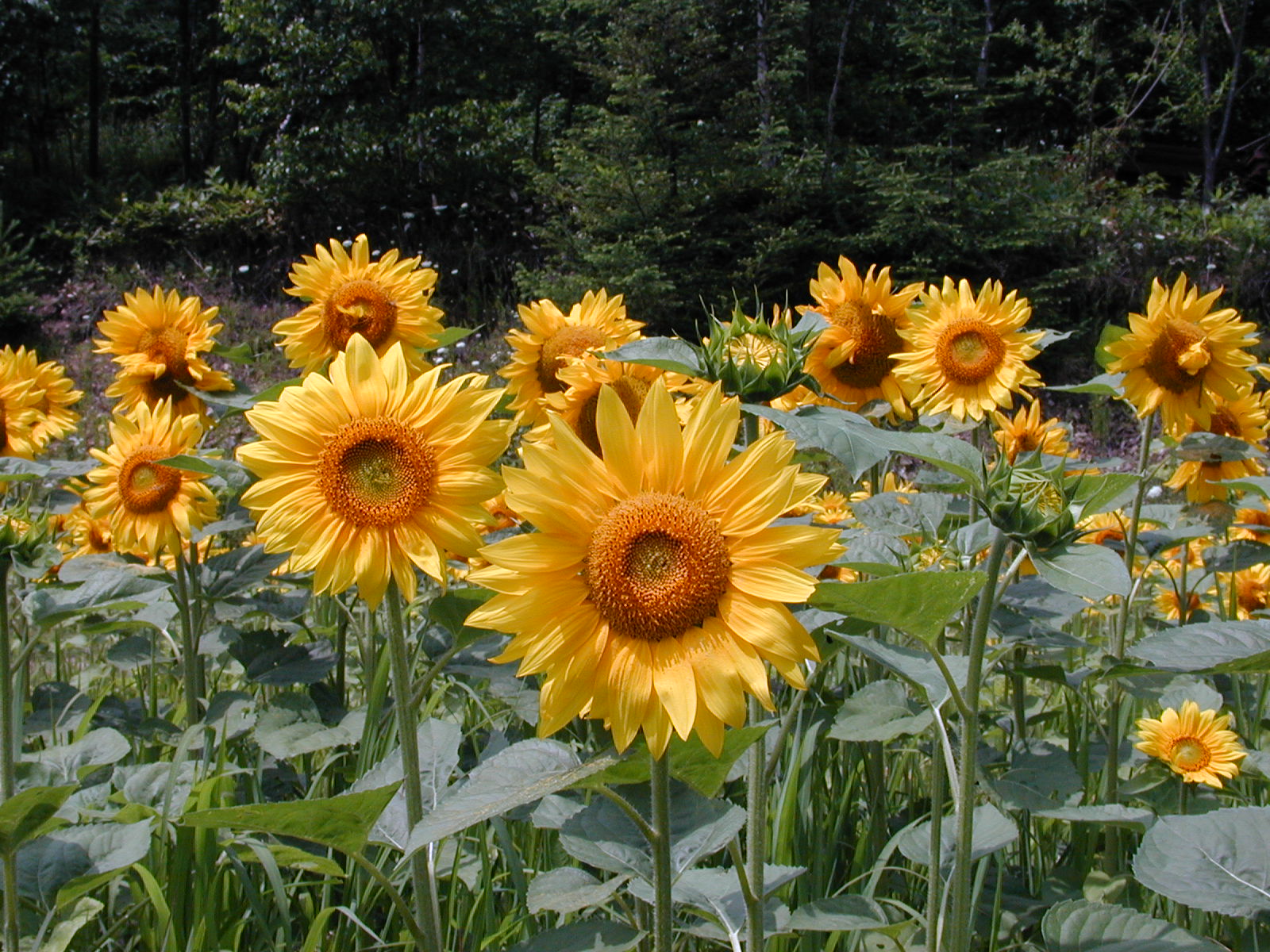

Name: Rob Allan
Farm Type: Mixed, mainly arable
Location: Warwickshire
Size: 2000 acres
Soil Type: Ironstone and heavy clay
Mixes Used: Operation Pollinator and tailormade bird food mixes
Wildlife is farmed in just the same way as any other crop on this farm. Mixes are rotated, strips are regularly walked, specialist advisors are used and close attention is paid to the smallest detail.
The farm is in Higher Level Stewardship and has over 100 acres in wildlife crops including pollen and nectar strips, wild bird food mixes, tussocky grass margins, ditch-side buffers and wild flower margins. It is also home to the trial plots of the Wildlife Farming Company run by Marek Nowakowski, an expert in crops for wildlife, and one of the specialists Rob turns to for advice.
Alongside using mixes such as the Operation Pollinator, Rob has also worked closely with the RSPB, Natural England, Cotswold Seeds and Marek to devise bespoke mixes which help meet his HLS farm-specific targets. Eighteen of Natural England’s nineteen target farmland birds, including corn burning and yellow wagtail, have been sighted on the farm. It is hoped that the right woodland management will help attract turtle doves, the last on the list.
A special ‘corn bunting mix’ containing mustard, wheat, oats, fodder radish and sunflower has been created to provide nesting habitat as well as a mixture which will hold its seed until March to help take birds through the ‘hungry gap’.
Over a number of years, observation has shown that the productivity of the mixes declines sharply if they are left in too long, or grown continuously on the same spot. This means the wildlife plots are now rotated with, for example, bird food crops put in after clover-based mixes. In addition to using a stale seed bed, this rotation also helps keep weeds in check in the bird food plots, where they can be a problem, while moving the clover margins around means soil fertility is kept high.
The farm’s pollen and nectar margins, which can be up to 12 metres wide, are topped in the spring to encourage growth and keep the crops fresh so they provide the maximum amount of pollen (protein) and nectar (energy) for bumble bees and other beneficial insects. Once they set seed in late summer, these plots also help feed wild birds through the winter.
Wild flower margins are mown in the autumn and the cuttings removed. This helps keep soil fertility low – so favouring wild flowers – and ensures the area doesn’t get too ‘leggy’ and collapse. Every other winter the flower margins are grazed by sheep. This works especially well when they are alongside stubble turnips as they then provide a grass run-back for the livestock while the sheep, in turn, ensure a better show of flowers the following spring.
The last seven years have seen the number of birds, insects and small mammals rise noticeably across the farm, something Rob attributes to actively farming the mixes. Whatever species are chosen, they are grown like a crop and looked after like a crop, something the wildlife clearly appreciates.
Date Posted: 29th March 2017



